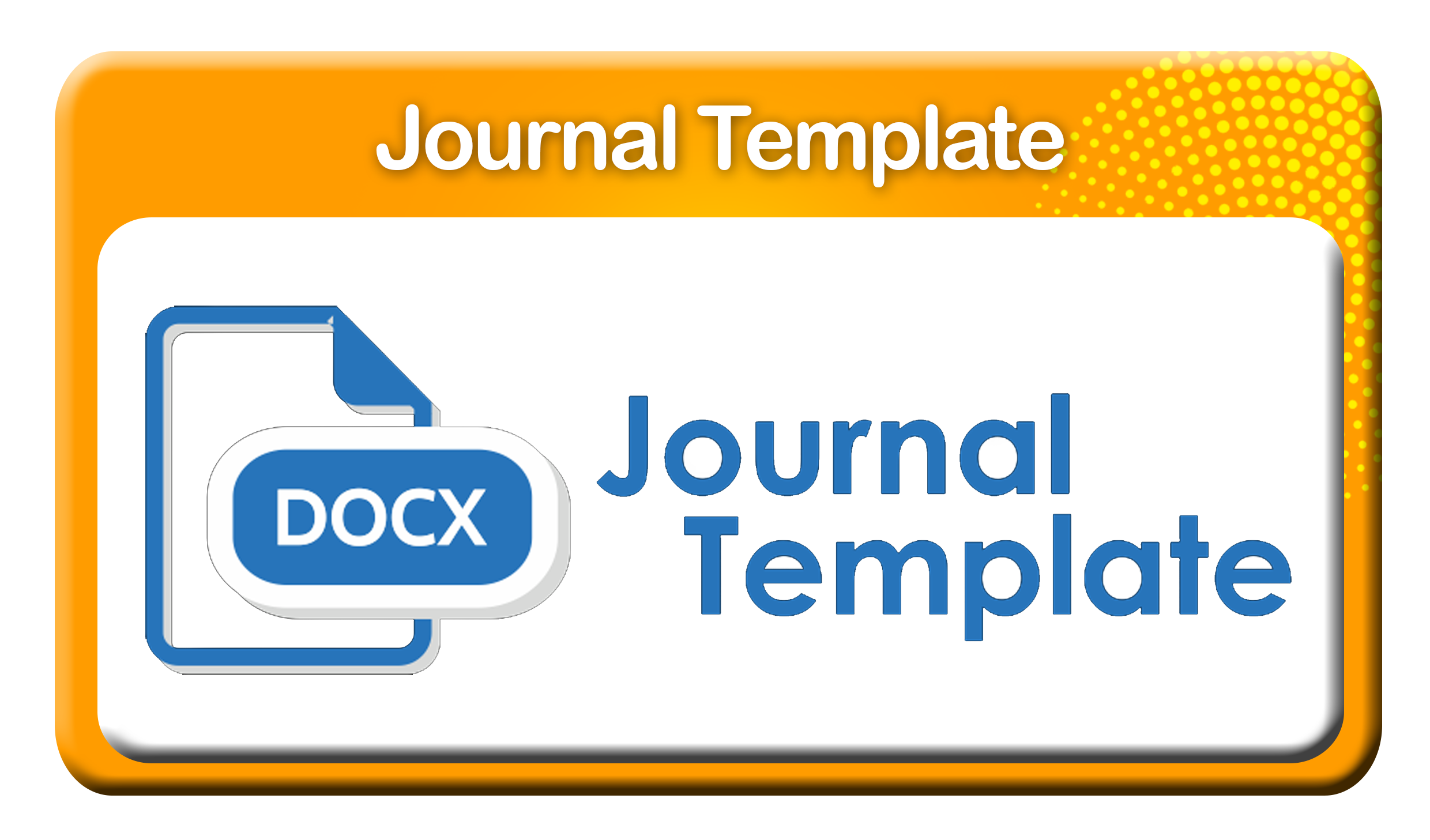BEHAVIORAL COUNSELING MODEL FOR IMPROVING HEMOGLOBIN LEVELS IN ADOLESCENT GIRLS WITH ANEMIA
DOI:
https://doi.org/10.29082/IJNMS/2024/Vol8/Iss3/632Keywords:
Behavioral Counseling; Hemoglobin; Adolescent AnemiaAbstract
This study aims to analyze the impact of Behavioral Counseling on haemoglobin improvement in adolescents with anaemia in Palopo City. The research employed a pre-experimental method with a one-group design (pretest-posttest) approach, where haemoglobin levels were measured before the intervention (P1), followed by four intervention sessions over four weeks. After the intervention, haemoglobin levels were measured again (P2). The study was conducted at SMAN 05 Palopo City. The population and sample consisted of 60 female adolescents with anaemia. Research instruments included observation sheets and questionnaires. Data collection involved two measurements, before and after the intervention. Data analysis was performed using the Wilcoxon test with a 95% significance level. The results showed that the mean haemoglobin level before the intervention was 10.3 g/dL, which increased to 11.6 g/dL after the intervention, indicating an improvement of 1.3 g/dL. Based on statistical testing using the Wilcoxon test, a value of ρ = 0.000 < α = 0.05 was obtained. It means that the behavioural counselling model significantly improved haemoglobin levels in adolescent girls with anaemia. In conclusion, behavioural counselling can serve as a practical and effective strategy to help adolescents change unproductive behaviours into more positive ones and improve health, particularly in treating and preventing anaemia.
Downloads
Downloads
Published
Issue
Section
License
Authors who publish with IJNMS agree to the following terms
- Authors retain copyright licensed under a Creative Commons Attribution-ShareAlike 4.0 International License that allows others to share the work non-commercially with an acknowledgement of the work's authorship and initial publication in this journal.
- Authors are permitted and encouraged to post their work online (e.g., in institutional repositories or on their website) prior to and during the submission process, as it can lead to productive exchanges, as well as earlier and greater citation of published work (See The Effect of Open Access). Authors can archive pre-print and post-print or publisher's version/PDF.









_IJNMS.png)






